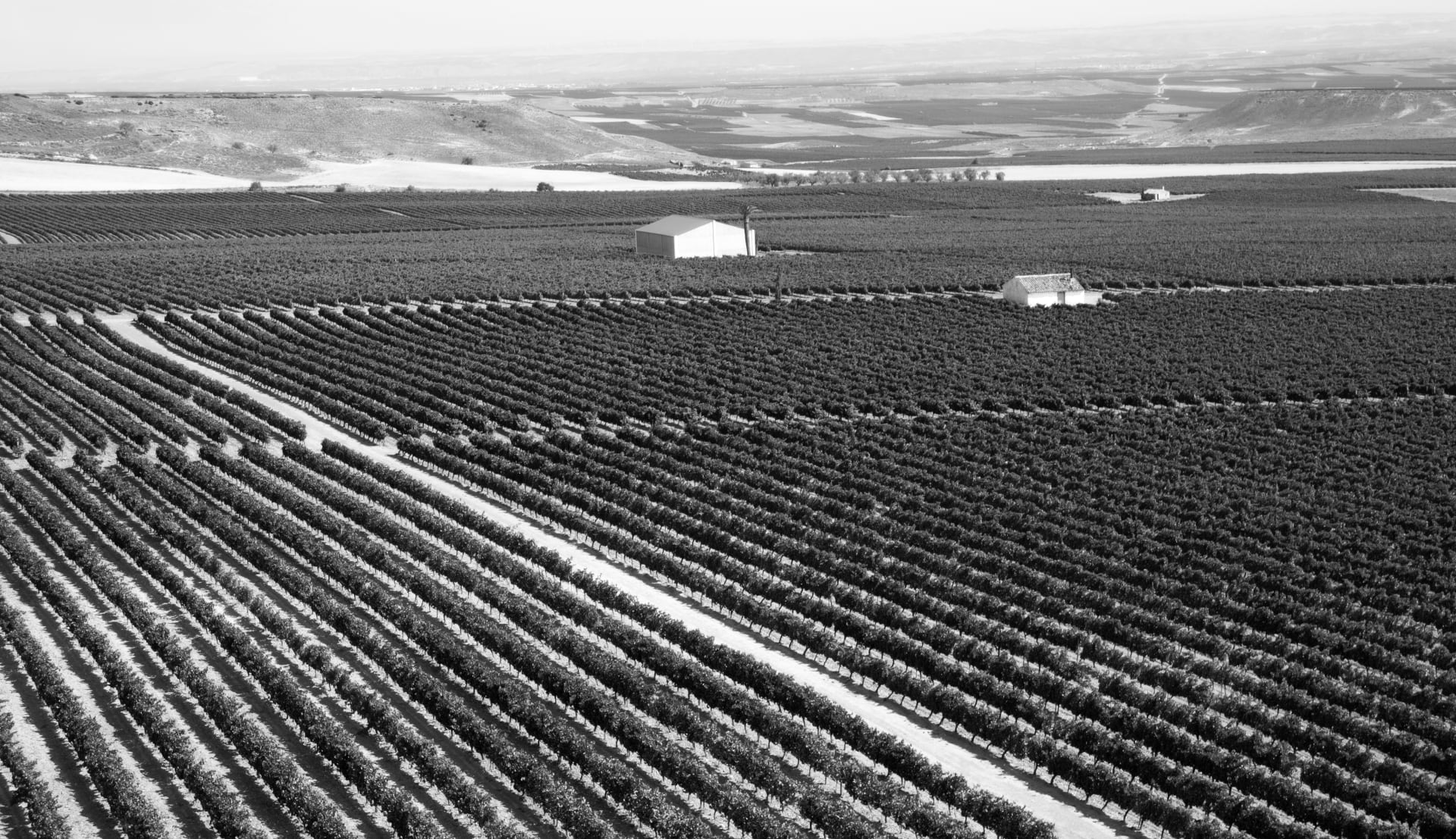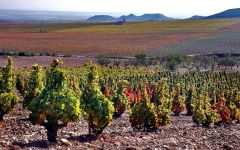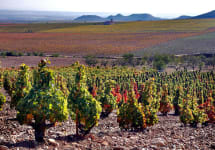Palacios Remondo Rioja La Propiedad 2000

Product Details
Your Rating
Somm Note
Winemaker Notes
Other Vintages
2010-
Robert
Parker -
Tasting
Panel
-
Robert
Parker
-
Wine &
Spirits
-
Robert
Parker -
Wine
Enthusiast




If anyone embodies the promise and spirit of “The New Spain,” it is winemaker Alvaro Palacios. Born into a wine family in Rioja, he now makes wine in three different appellations: Priorat, Bierzo, and his hometown of Alfaro in Rioja. Alvaro’s flagship Priorat wine, L’Ermita, is one of the most coveted wines in all of Spain. Following his great successes in Priorat and Bierzo during the 1990s, and the death of his father in 2000, Alvaro Palacios took the helm of Palacios Remondo, his family’s property and winery in Rioja Baja.
The Palacios Remondo Estate and vineyards are located at high elevations in the eastern part of the region: Rioja Oriental. Historically, Garnacha is the dominant red grape in Rioja Oriental, while Tempranillo and the white grape Viura play supporting roles. Alvaro’s passion for staying true to the tradition of the land inspires him to focus on Garnacha-driven wines that are expressive and authentic to the Eastern Rioja region. La Montesa, Propiedad, Plácet Valtomelloso and La Vendimia are among the very finest of Rioja Oriental, full-bodied wines with aromas of Mediterranean herbs, cherries and nectarines, and flavors of mixed berries and blood oranges on the palate.
Palacios is deeply committed to organic viticulture and natural winemaking practices, such as use of organic fertilizers in the stone-covered, clay soils. All of the wines are unfiltered and clarified only with egg whites. No exogenous yeasts or commercial compounds are added to the wines, and sulfites are kept to minimum levels.

Grenache thrives in any warm, Mediterranean climate where ample sunlight allows its clusters to achieve full phenolic ripeness. While Grenache's birthplace is Spain (there called Garnacha), today it is more recognized as the key player in the red blends of the Southern Rhône, namely Châteauneuf-du-Pape, Côtes du Rhône and its villages. Somm Secret—The Italian island of Sardinia produces bold, rustic, single varietal Grenache (there called Cannonau). California, Washington and Australia have achieved found success with Grenache, both flying solo and in blends.

Highly regarded for distinctive and age-worthy red wines, Rioja is Spain’s most celebrated wine region. Made up of three different sub-regions of varying elevation: Rioja Alta, Rioja Alavesa and Rioja Oriental. Wines are typically a blend of fruit from all three, although specific sub-region (zonas), village (municipios) and vineyard (viñedo singular) wines can now be labeled. Rioja Alta, at the highest elevation, is considered to be the source of the brightest, most elegant fruit, while grapes from the warmer and drier Rioja Oriental produce wines with deep color and higher alcohol, which can add great body and richness to a blend.
Fresh and fruity Rioja wines labeled, Joven, (meaning young) see minimal aging before release, but more serious Rioja wines undergo multiple years in oak. Crianza and Reserva styles are aged for one year in oak, and Gran Reserva at least two, but in practice this maturation period is often quite a bit longer—up to about fifteen years.
Tempranillo provides the backbone of Rioja red wines, adding complex notes of red and black fruit, leather, toast and tobacco, while Garnacha supplies body. In smaller percentages, Graciano and Mazuelo (Carignan) often serve as “seasoning” with additional flavors and aromas. These same varieties are responsible for flavorful dry rosés.
White wines, typically balancing freshness with complexity, are made mostly from crisp, fresh Viura. Some whites are blends of Viura with aromatic Malvasia, and then barrel fermented and aged to make a more ample, richer style of white.
